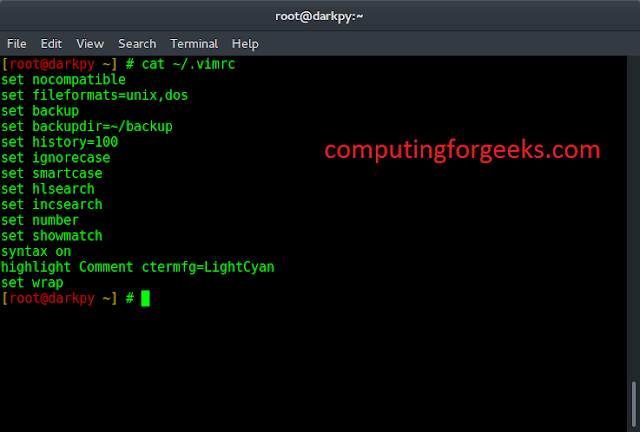Given an integer, set the leftmost unset bit. Leftmost unset bit is the first unset bit after most significant set bit. If all bits (after most significant set bit) are set, then return the number.
Examples:
Input : 10 Output : 14 10 = 1 0 1 0 // 10 binary 14 = 1 1 1 0 // after set left most unset bit Input : 15 Output : 15 15 = 1 1 1 1 // 15 binary 15 = 1 1 1 1 // because all bits are set
Approach:-
1. Return the number if all bits are set.
2. Traverse all the bit to get the last unset bit.
3. Take OR with the original number and the unset bit.
Below is the implementation of the approach.
C++
// C++ program to set the leftmost unset bit#include <iostream>using namespace std;// set left most unset bitint setleftmostunsetbit(int n){ // if number contain all // 1 then return n if ((n & (n + 1)) == 0) return n; // Find position of leftmost unset bit. int pos = 0; for (int temp=n, count=0; temp>0; temp>>=1, count++) // if temp L.S.B is zero // then unset bit pos is // change if ((temp & 1) == 0) pos = count; // return OR of number and // unset bit pos return (n | (1 << (pos)));}// Driver Functionint main(){ int n = 10; cout << setleftmostunsetbit(n); return 0;} |
Java
// Java program to set // the leftmost unset bitimport java.io.*;class GFG { // set left most unset bit static int setleftmostunsetbit(int n) { // if number contain all // 1 then return n if ((n & (n + 1)) == 0) return n; // Find position of leftmost unset bit. int pos = 0; for (int temp = n, count = 0; temp > 0; temp >>= 1, count++) // if temp L.S.B is zero // then unset bit pos is // change if ((temp & 1) == 0) pos = count; // return OR of number and // unset bit pos return (n | (1 << (pos))); } // Driver Function public static void main (String[] args) { int n = 10; System.out.println(setleftmostunsetbit(n)); }}// This code is contributed by Ansu Kumari |
Python3
# Python program to set the leftmost unset bit# Set left most unset bitdef setleftmostunsetbit(n): # if number contain all # 1 then return n if not (n & (n + 1)): return n # Find position of leftmost unset bit pos, temp, count = 0, n, 0 while temp: # if temp L.S.B is zero # then unset bit pos is # change if not (temp & 1): pos = count count += 1; temp>>=1 # return OR of number and # unset bit pos return (n | (1 << (pos)))# Driver Functionn = 10print(setleftmostunsetbit(n))# This code is contributed by Ansu Kumari |
C#
// C# program to set // the leftmost unset bitusing System;class GFG { // set left most unset bit static int setleftmostunsetbit(int n) { // if number contain all // 1 then return n if ((n & (n + 1)) == 0) return n; // Find position of leftmost unset bit. int pos = 0; for (int temp = n, count = 0; temp > 0; temp >>= 1, count++) // if temp L.S.B is zero // then unset bit pos is // change if ((temp & 1) == 0) pos = count; // return OR of number and // unset bit pos return (n | (1 << (pos))); } // Driver Function public static void Main () { int n = 10; Console.WriteLine(setleftmostunsetbit(n)); }}// This code is contributed by vt_m |
PHP
<?php// php program to set the// leftmost unset bit// set left most unset bitfunction setleftmostunsetbit($n){ // if number contain all // 1 then return n if (($n & ($n + 1)) == 0) return $n; // Find position of leftmost // unset bit. $pos = 0; for ($temp = $n, $count = 0; $temp > 0; $temp >>= 1, $count++) // if temp L.S.B is zero // then unset bit pos is // change if (($temp & 1) == 0) $pos = $count; // return OR of number // and unset bit pos return ($n | (1 << ($pos)));} // Driver code $n = 10; echo setleftmostunsetbit($n);//This code is contributed by mits ?> |
Javascript
<script>// Javascript program to set the// leftmost unset bit// Set left most unset bitfunction setleftmostunsetbit(n){ // If number contain all // 1 then return n if ((n & (n + 1)) == 0) return n; // Find position of leftmost unset bit. let pos = 0; for(let temp = n, count = 0; temp > 0; temp >>= 1, count++) // If temp L.S.B is zero // then unset bit pos is // change if ((temp & 1) == 0) pos = count; // Return OR of number and // unset bit pos return (n | (1 << (pos)));}// Driver Codelet n = 10;document.write(setleftmostunsetbit(n));// This code is contributed by Manoj.</script> |
Output:
14
Time Complexity: O(log2n)
Auxiliary Space: O(1)
Ready to dive in? Explore our Free Demo Content and join our DSA course, trusted by over 100,000 neveropen!




